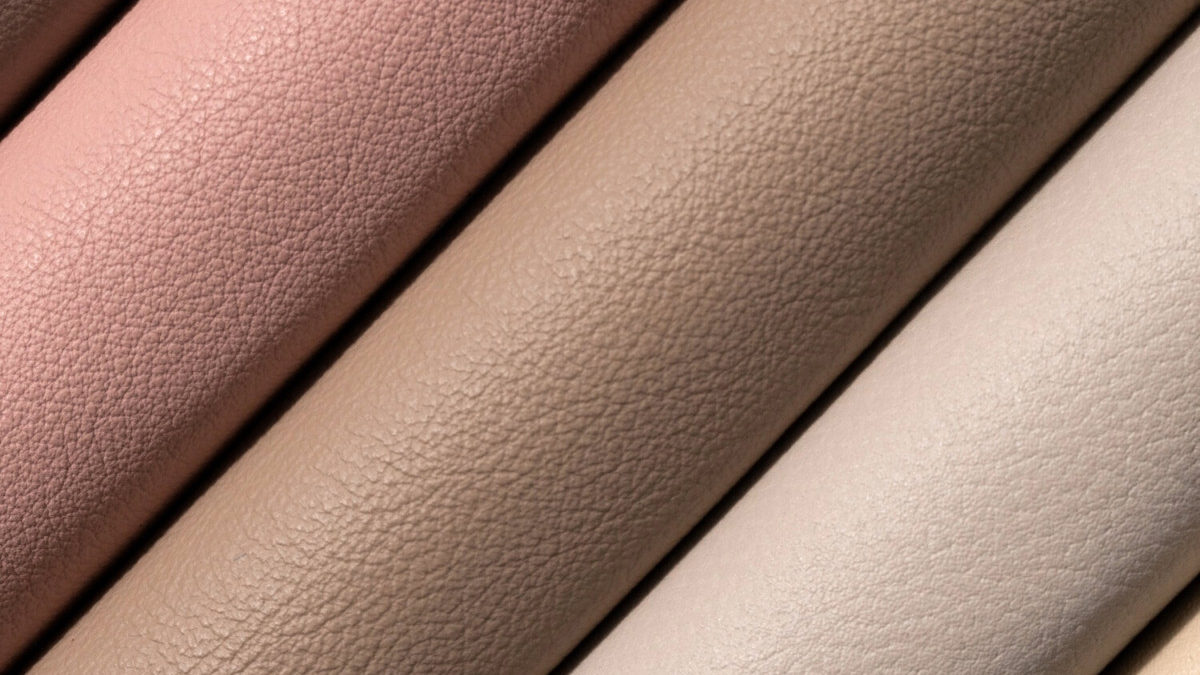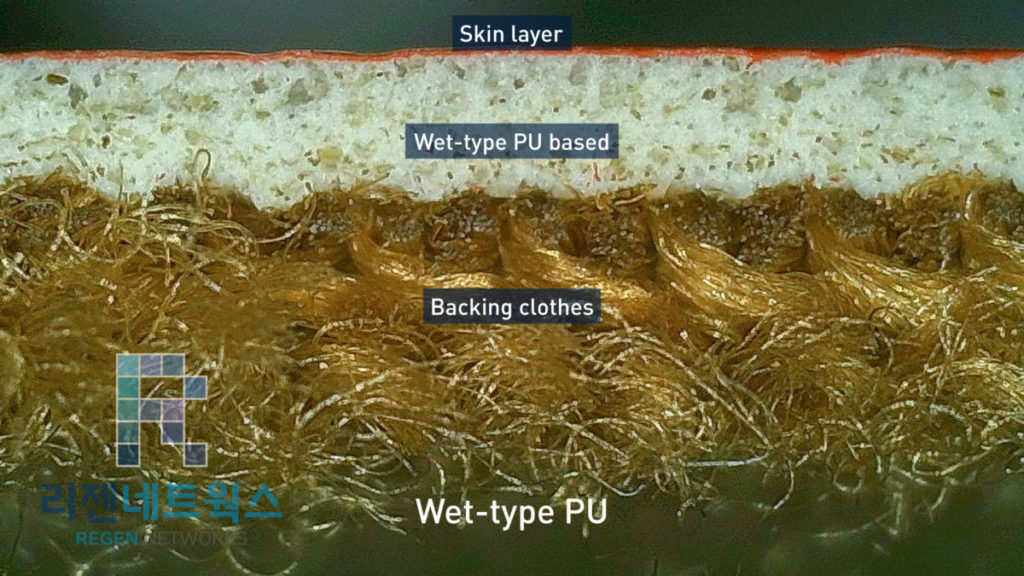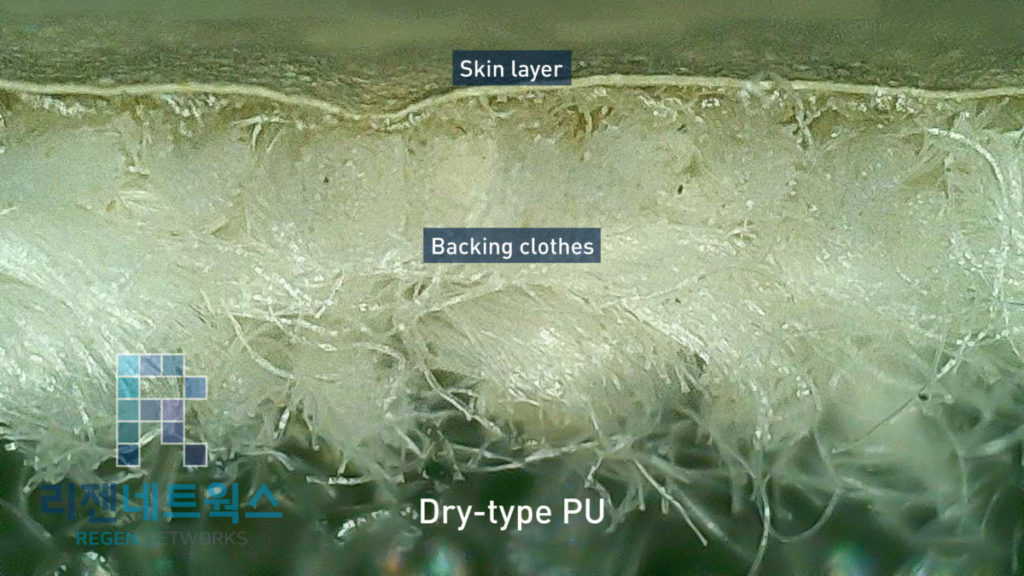Introduction to Polyurethane (PU)
Polyurethane (PU), also known as artificial leather, is a type of polymer that is used in a variety of industries and applications. There are two main types of PU: wet type and dry type. In this article, we will explore the differences between wet and dry type PU and discuss their properties, production methods, and applications.

Wet Type PU
Wet type PU is produced by mixing a liquid polyol and a liquid isocyanate, which then react to form a flexible, durable polymer. It is generally considered to be more versatile and durable than dry type PU, but it is also more expensive and time-consuming to produce. Wet type PU is typically used in applications where a more flexible and durable material is needed, such as in the production of automotive parts, shoes, and other items that need to be able to withstand a lot of wear and tear.
Dry Type PU
Dry type PU is produced by mixing a solid polyol and a liquid isocyanate, which are then heated to form a rigid, durable polymer. It is less expensive and easier to produce than wet type PU, but it is not as flexible or durable. Dry type PU is typically used in applications where a more rigid and durable material is needed, such as in the production of furniture, appliances, and other items that need to be able to maintain their shape and structure over time.
Price and Cost-Effectiveness
In terms of price, wet type PU is generally more expensive than dry type PU due to the higher cost of the materials and the more complex production process. However, the durability and versatility of wet type PU often make it a more cost-effective choice in the long run.
Applications
Both wet and dry type PU are used in a wide range of industries and products, including automotive, furniture, appliances, construction, and more. The specific application will determine which type of PU is the most appropriate to use.


Leave a Reply